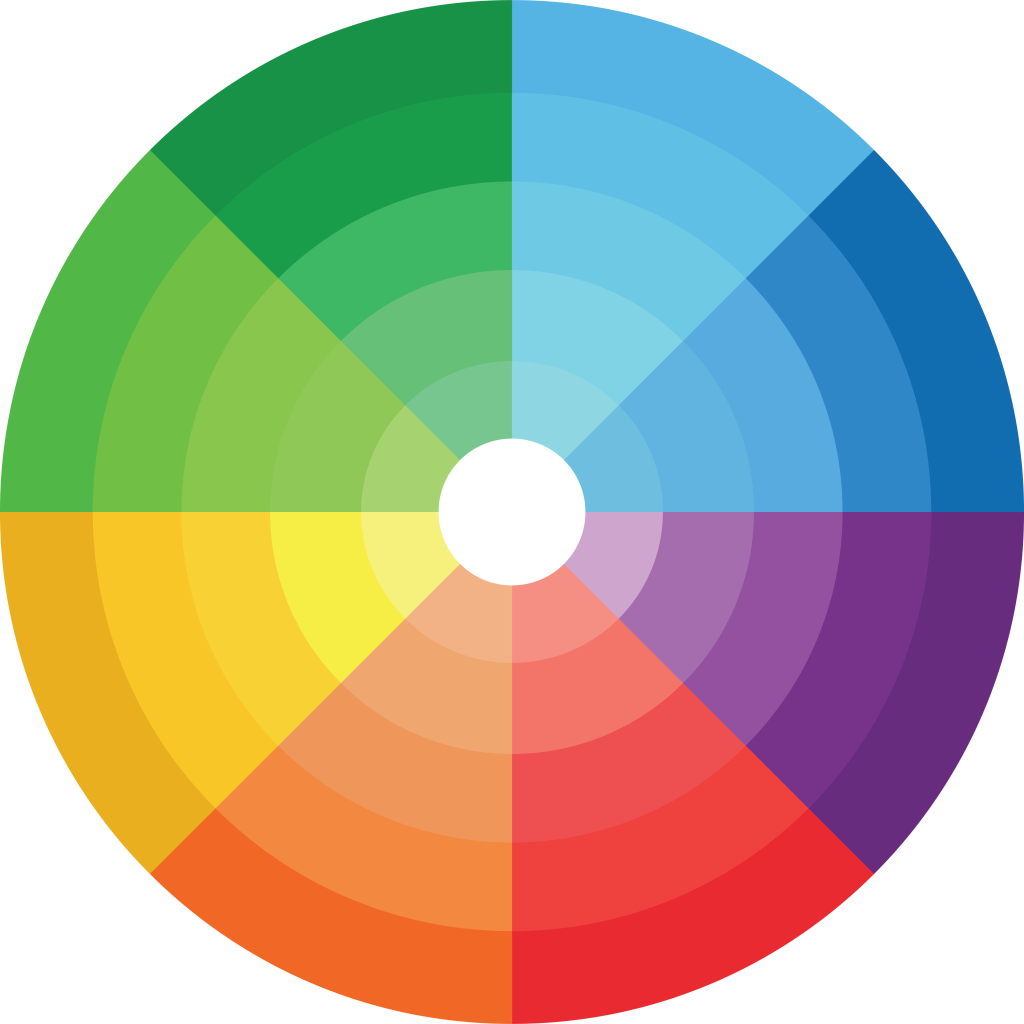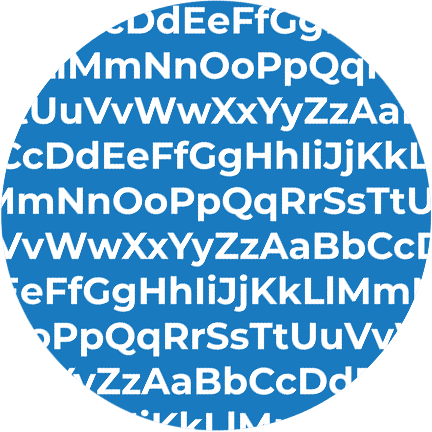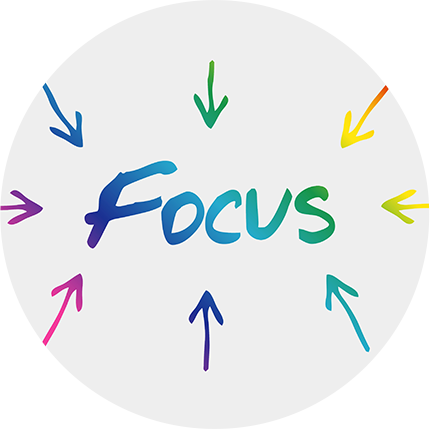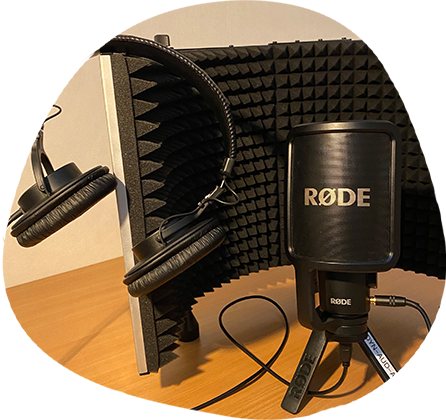

28 September 2023
Designing elearning for neurodiverse learners
In recent years, designing elearning for neurodiverse learners has climbed high on the agenda. Moreover, the concept of neurodiversity has gained increasing recognition and acceptance, highlighting the diverse range of neurological differences among individuals. Neurodiversity encompasses conditions such as autism, ADHD, dyslexia and other cognitive differences.
As the education landscape evolves, it’s crucial to ensure that elearning platforms are designed to cater to the needs of neurodiverse learners. By adopting inclusive practices, elearning can become a powerful tool to empower and engage individuals across the neurodiversity spectrum.
In this post, we’ll explore effective strategies for designing elearning that embraces neurodiversity—ensuring equal opportunities for all learners.Morevover
Embrace Universal Design Principles
Universal Design for Learning (UDL) is a framework that guides the design of inclusive learning experiences. Firstly, it focuses on providing multiple means of representation, expression and engagement to accommodate diverse learners. When designing elearning courses, consider the following UDL principles:
1.
Multiple modalities
Present information using various formats (text, images, videos, audio) to cater to different learning styles and preferences. In the same vein, accompany text with visuals and provide alternative text for images.


2.
Clear navigation
Organise course content in a logical and structured manner, with intuitive navigation, menus and headings. This undoubtedly helps neurodiverse learners easily locate and access specific information.
3.
Multi-sensory engagement
Incorporate interactive elements, such as quizzes, simulations and hands-on activities, to promote engagement and provide opportunities for different types of learners to excel.

Visual design and layout
Neurodiverse learners often process visual information differently. This, above all, makes it essential to consider visual design elements that enhance their learning experience:
1.
Colour contrast
Ensure sufficient contrast between text and background colours to aid readability. Avoid using colour as the sole means of conveying information, as some individuals may have colour vision deficiencies. As a rule of thumb, avoid bold colours, such as red, yellow and green. Choose more muted, pastel colour tones.
2.
Clear typography
Use clear, legible fonts and appropriate font sizes to facilitate reading comprehension. Break down text into manageable chunks, incorporating headings, bullet points and lists for easier navigation.
3.
Minimise distractions
Create a clean and uncluttered interface by removing unnecessary elements and minimising visual distractions. This helps individuals with attention-related challenges stay focused on the content.



Provide flexibility and personalisation
Neurodiverse learners often benefit from personalised learning experiences that accommodate their individual needs and preferences. Consider the following strategies:


Flexible pacing
Provide options for learners to control the pace of their learning, allowing them to review content or progress at their own speed. This is particularly beneficial for individuals who require additional time to process information.

Customisable settings
Include features that allow learners to adjust settings, such as font size, background colour or playback speed, to suit their specific requirements. These customisation options empower individuals to create an environment conducive to their learning style.

Accommodate sensory sensitivities
Be mindful of potential sensory sensitivities by offering alternatives for audio-heavy content, providing captions or transcripts, and allowing learners to control audio volume.
Incorporate multi-sensory learning
Neurodiverse learners often thrive when multiple senses are engaged simultaneously. Incorporating multi-sensory elements in elearning can enhance comprehension and retention:

1.
Audio narration
Accompany on-screen text with audio narration to provide an additional layer of information. This benefits individuals who process auditory information more effectively than written text.
2.
Interactive activities
Integrate interactive elements that encourage hands-on participation, such as quizzes, simulations or visual scenarios. These activities allow learners to actively engage with the content.


3.
Real-world examples
Connect theoretical concepts to real-world examples, stories or case studies, to enhance relevance and contextual understanding. Visuals, videos and real-life scenarios can help neurodiverse learners make meaningful connections.
Conclusion
Designing elearning courses with neurodiverse learners in mind is a powerful step towards inclusivity and accessibility. By implementing universal design principles, optimising visual design, providing flexibility and personalisation, and incorporating multi-sensory learning, elearning design can become an effective tool for empowering learners across the neurodiversity spectrum. Embracing neurodiversity not only benefits neurodiverse learners, but also fosters a more inclusive educational environment that celebrates and harnesses the unique strengths and talents of all individuals.
If you’d like to learn more about how we can help to design elearning for your neurodiverse workforce, get in touch today. We’d be happy to help!

Get in touch.
If you would like further information or have a project you would like to discuss with us, please get in touch using this form.